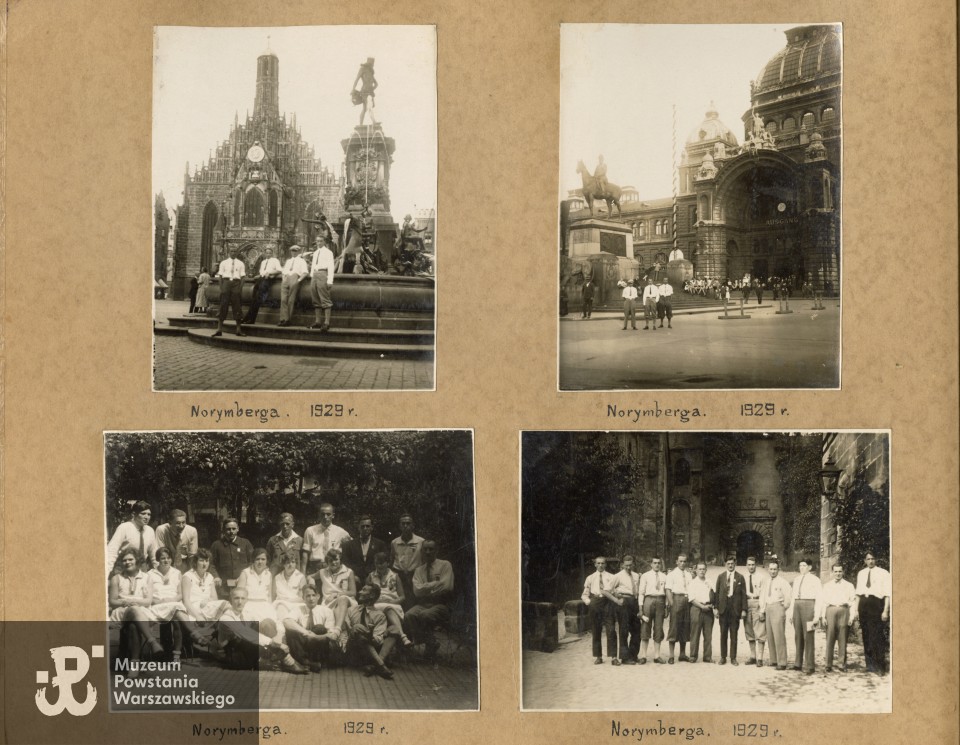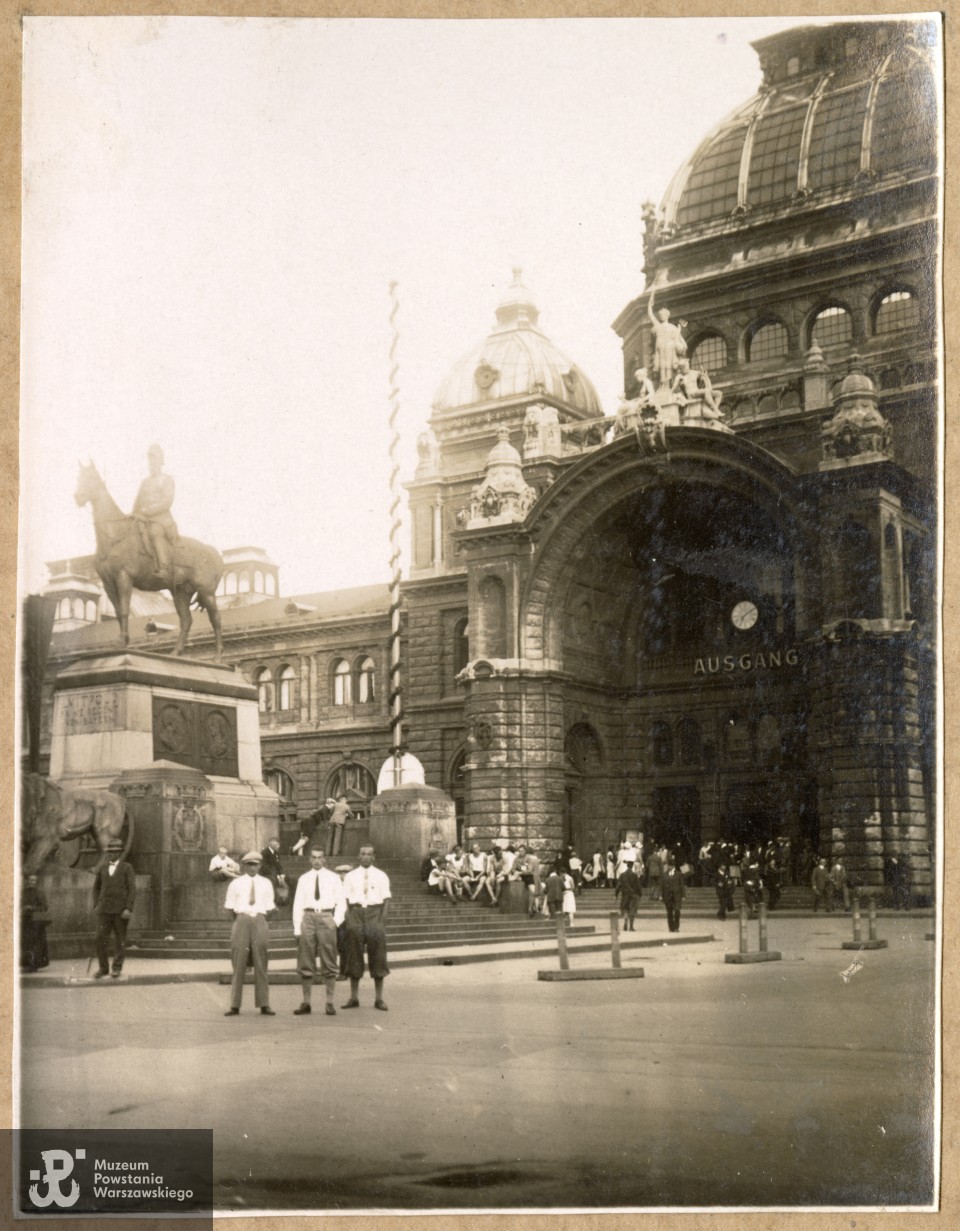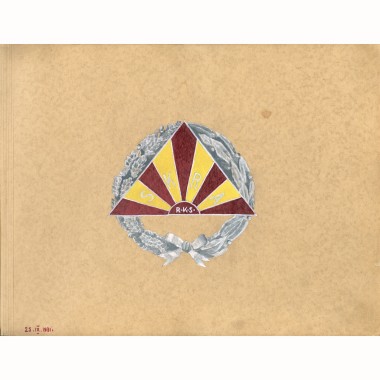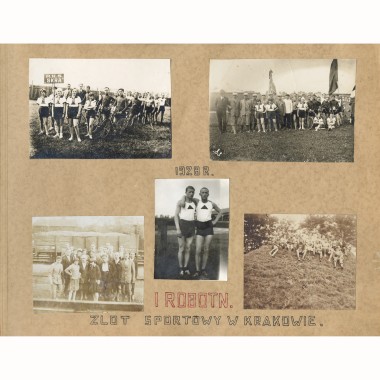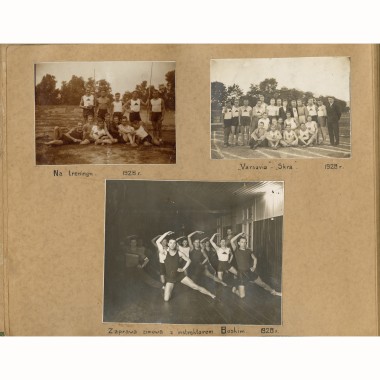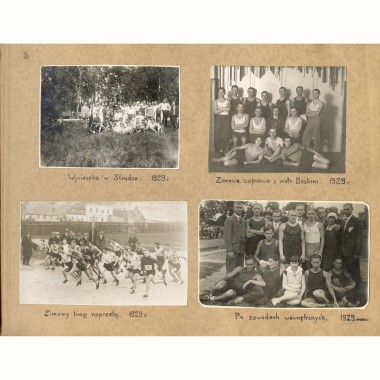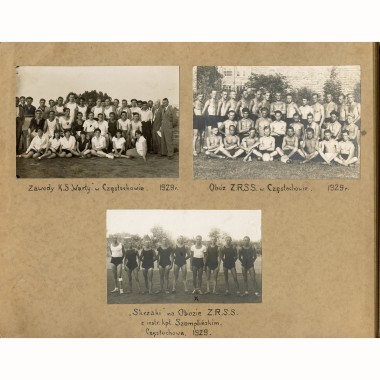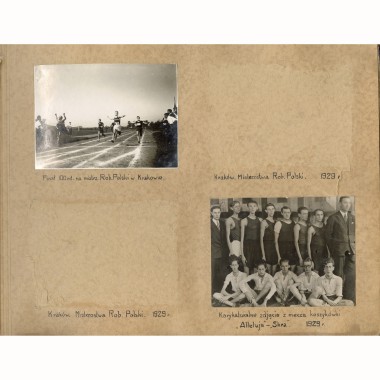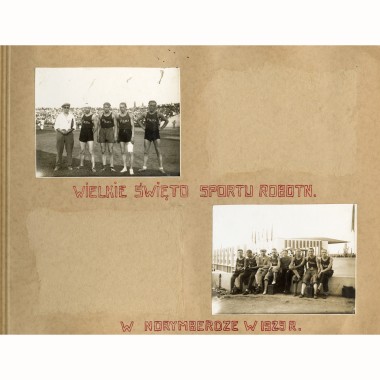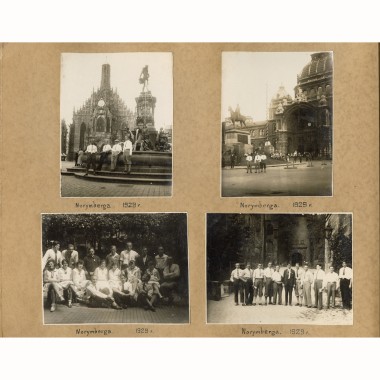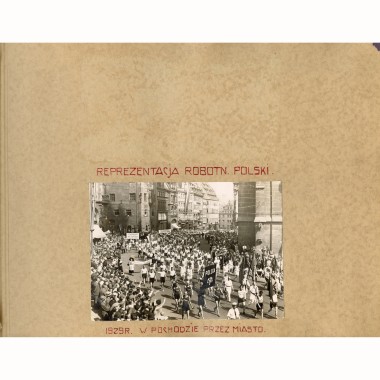Sporty Warsaw
When the Republic of Poland regained her independence, Warsaw already had her own sporting tradition. In the city there were active clubs whose history went as far back as the 19th century. In the interwar period, developing physical prowess and a competitive spirit were one of the most important areas of social life. New clubs were formed, and their competitions were watched by representatives of the government; for example, among others, Marshal Jozef Pilsudski was one such spectator. It is worth remembering that many soldiers from the Polish legions represented their homeland during the Olympics, like Tadeusz Komorowski (equestrian, 1924), and later a commander in the Home Army.
In the years 1927-1930, a couple of stadiums were given to the disposal of sportsmen, and the first covered swimming pool was built within the hippodrome located in the Łazienki Park along with multiple stops on the Vistula. Most recognized investment was the sports complex Central Institute of Physical Education (today it wears the name of Jozef Pilsudski University of Physical Education in Warsaw) located in Bielany district. On the eve of World War II, in the capital there were over 200 active sports clubs.
Warsaw-style sport training became the standard within the country. In the plebiscite ‘’Polish Sports Personality of the Year’’ for the best sportsman in the years 1926-1938, those were the only times when sportsmen from outside of Warsaw won. Sports stars had an ongoing rivalry with film stars of the period; for example, Halina Konopacka, a representative of the Academic Union of Warsaw Sport and the first female winner of a gold medal for Poland (in discus throw in 1928), this was the first Olympics when women were allowed to compete. After her victory, she became a national heroine, and her photo found itself on the front covers of newspapers.
The Skra Club- Sportsmen from Factories
The Skra Club was active from December of 1921. The name was an acronym from the words "Sportowy Klub Robotniczo-Akademicki" (later Robotniczy Klub Sportowy), in translation The Workers Academic Sports Club (presently Worker’s Sports Klub). Throughout the interwar period, Skra was regarded as the most important workers's club. In 1925 it was the main promoter of forming the Polish Workers’ Sport Federation, which belonged to the Socialist Workers’ Sport International. The club had a couple active fields: football, athletics, swimming, cycling, gymnastics, sports games, boxing, fencing, shooting, tourism, rowing, tennis, table tennis, and winter sports. The club also did not lack a cultural and educational sector, which included a library, reading room, art workshop, and an active choir.
In 1926 a club stadium was opened near Okopowa 43/47 street in Warsaw. This was a complex which encompassed two football fields. The main facility, which was parallel to Okopowa street, possessed a five- lane athletics track, a football field, and stands. The side football field stretched alongside the walls of the Evangelical cemetery. The stadium was often rented to worker soccer teams who were friends of the club as well as to Jewish sports clubs. In meetings the Workers soccer team and Skra team members held the top positions, however they competed against representatives from other areas, the competition could not withstand the skill set of the team.
Most of the teams were sympathizers of a particular political faction. Athletes and sports activists founded support in their ‘’own’’ political parties both organizational and financial support- and this was no different in the case of the Skra Club which was founded at the initiative of the Polish Socialist Party. Initially, the club’s secretariat as well as makeshift training room were located in the conference hall of the party’s headquarters. Thanks to the efforts of the socialists in 1923, Skra was given its own area near the stadium, in addition to a beach near the Vistula (the water section of Skra included, among others Wanda Wasilewska, who later became a communist activist). The club could also count on positive press in the magazine ‘’Worker’’, or rather in the Monday supplement of Sztafeta Robotnicza (‘Relay Workers’), which informed of the achievements of organizations associated with the Union Of Workers’ Sports Associations .
From a landfill to the Museum collection
The album presented documents the history of the Skra sports club in the years 1928-1934. The book came into the possession of the Warsaw Rising Museum in extraordinary circumstances- the donor of the album had bought it from a scrap collector. After comprehensive conservation, the album became one of the most valuable artifacts within the museum’s photo collection. The photos in the album were arranged in chronological order. The unknown author also captioned the photographs with signatures.
Aleksandra Trzeciecka, transl. Aleksandra Duda





